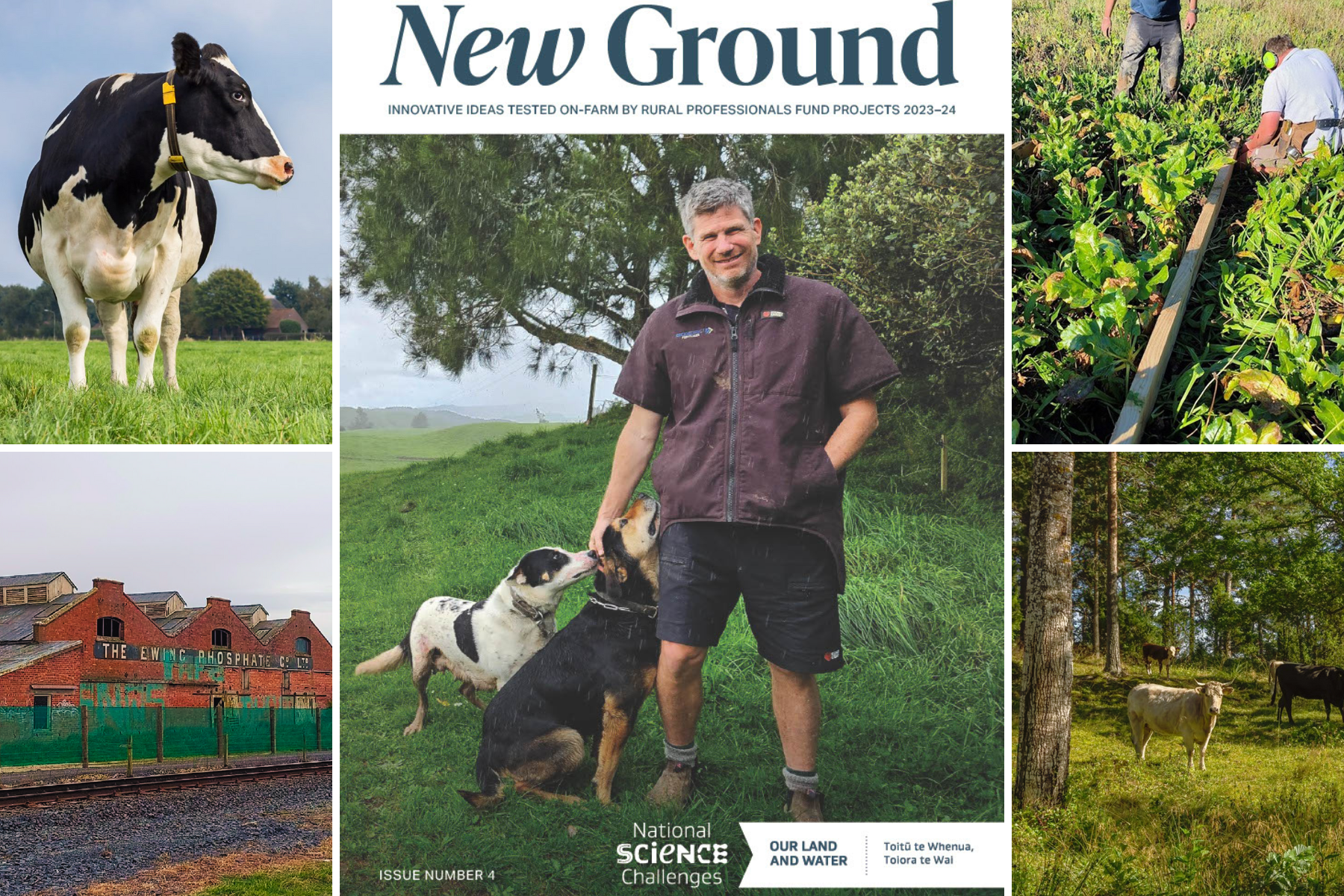The mitigation of phosphorus losses from a water repellent soil used for grazed dairy farming
December 2019
Publication: Geoderma
Author(s): R. McDowell, W. Catto, N. McDowell
Soil water repellency (SWR) decreases the infiltration rate of soil, increasing the potential for surface runoff in response to rainfall (Bauters et al., 2000). The likelihood of SWR increases as the soil surface dries out in warmer months. It is common for nutrients such as phosphorus (P) to be applied during hotter months when spreading machinery can cross the farm easily without compacting the soil or getting stuck in mud (Dodds and Smith, 2016). However, simulated rainfall studies have shown that SWR-induced surface runoff can cause considerable P loss from the soil (Müller et al., 2018). If connected to a surface water body, the addition of P can cause eutrophication. The likelihood of eutrophication is enhanced by the delivery of P during warmer months when conditions for periphyton growth are greatest and by the delivery of surface runoff-P in dissolved forms, for example from fertiliser, which are much more available to periphyton than particulate P (PP) (Godwin and Carrick, 2008).
 View Our Strategy Document 2019 – 2024
View Our Strategy Document 2019 – 2024



